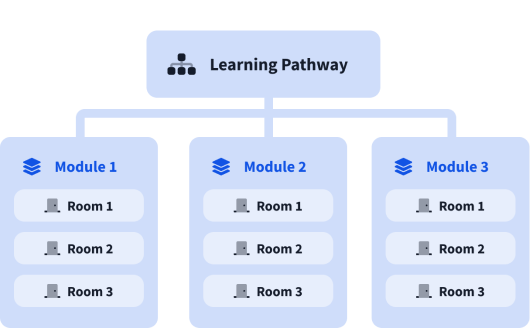Cyber Defence Frameworks

Learn how defensive frameworks, such as Pyramid of Pain, Cyber Kill Chain, and MITRE, help you understand adversarial behaviour and harden detection, triage, and response.
This module examines attack stages and adversary techniques through widely used frameworks. You will follow real-world incident steps and analyse investigative methods that fit organisational policies. By the end, you will be able to map telemetry to frameworks, create framework-driven triage notes, and apply these models to improve your team's detection and containment workflows.

0%
Pyramid Of Pain
Learn what is the Pyramid of Pain and how to utilize this model to determine the level of difficulty it will cause for an adversary to change the indicators associated with them, and their campaign.
0%
Cyber Kill Chain
The Cyber Kill Chain framework is designed for identification and prevention of the network intrusions. You will learn what the adversaries need to do in order to achieve their goals.
0%
Unified Kill Chain
The Unified Kill Chain is a framework which establishes the phases of an attack, and a means of identifying and mitigating risk to IT assets.
0%
MITRE
Explore the various resources that MITRE has made available to the cyber security community.
0%
Summit
Can you chase a simulated adversary up the Pyramid of Pain until they finally back down?
0%
Eviction
Unearth the monster from under your bed.
What are modules?
A learning pathway is made up of modules, and a module is made of bite-sized rooms (think of a room like a mini security lab).



